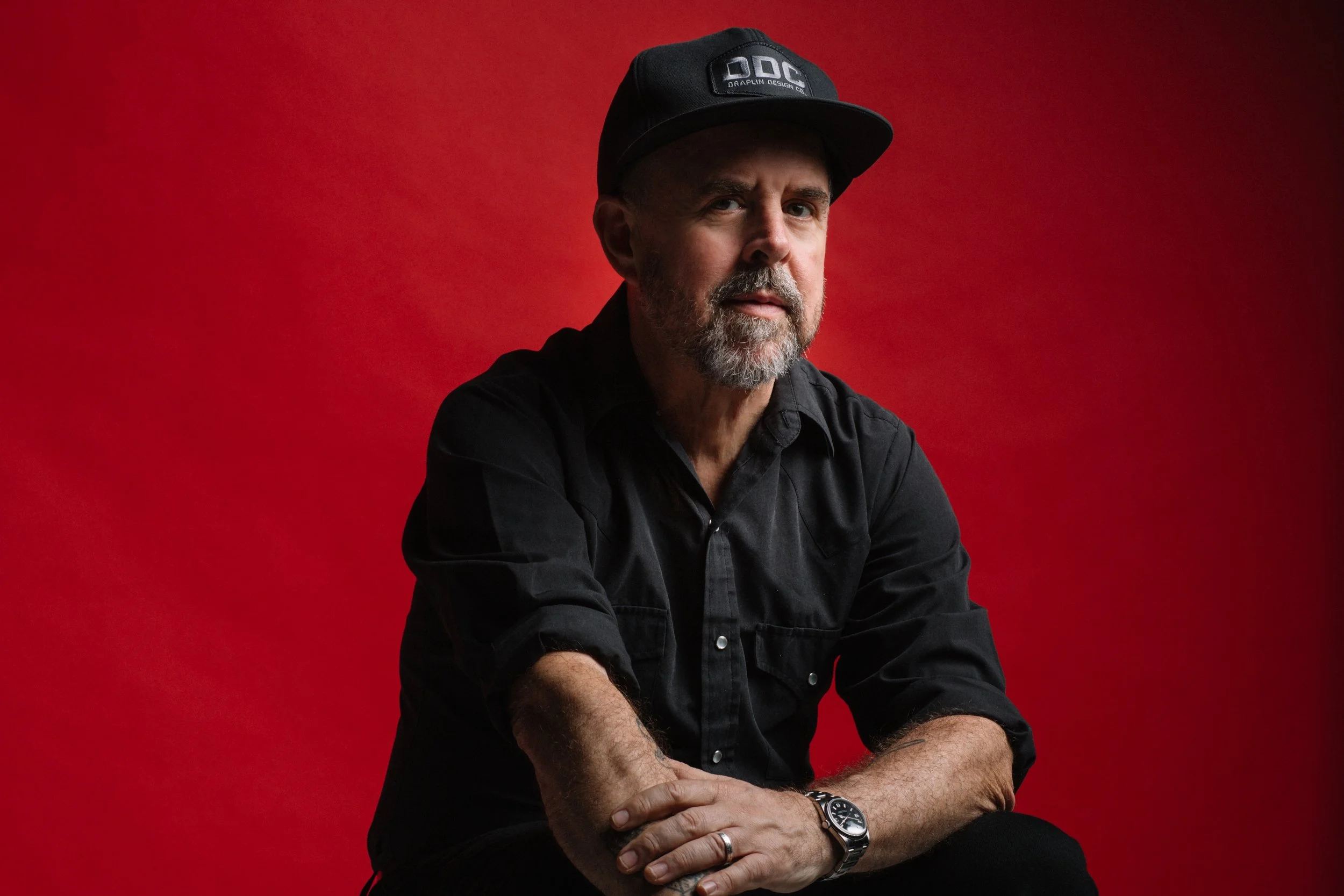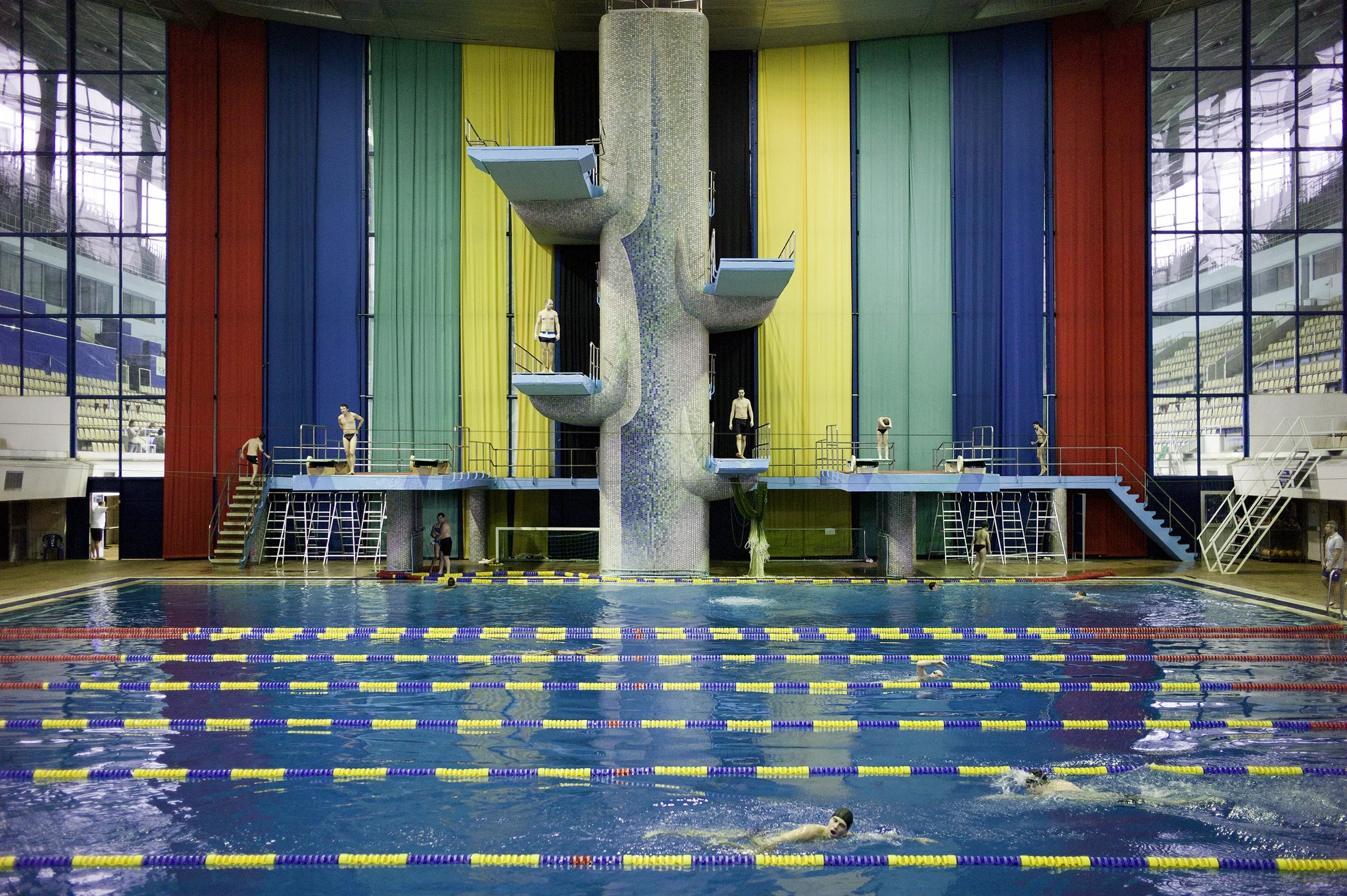Seven Questions: Gary Hustwit
Photo by Ebru Yildiz
Introducing Seven Questions About Creativity, a series where we present creatives from all disciplines with a fixed collection of seven questions about their creative processes and experiences. The questionnaire is designed to provide an open space where both broad strokes and specifics are welcome, where creativity is seen through the most universal lens possible, and where you may just find a new way of thinking about your own work.
To kick off the series, we handed these questions over to Chance Operations’ founder and documentary filmmaker Gary Hustwit. Gary’s focus as a filmmaker has primarily been documentaries about design and the people responsible for it, including Helvetica, Rams, and Objectified. His latest work is the groundbreaking generative film Eno, a film on luminary artist and musician Brian Eno that uses a bespoke software to create a completely unique version of the film every single time it’s screened.
Gary doesn’t particularly love being the subject of interviews on a platform he founded, but we couldn’t think of anyone we’d rather have show us how it’s done. Stay tuned for regular installments of these questions and answers from artists we admire.
Where do you go, physically or mentally, when you need inspiration?
I do anything but watch documentaries! I feel like the last thing you should do is to look at the work of other artists in the same medium you’re working in. When I need inspiration, I usually listen to music or pick up a guitar. It’s not because those things necessarily inspire me directly, but they get my brain into a space where I can be inspired. Listening to music, or looking at an art book, or taking still photographs all have that effect for me. Many times inspiration is accidental, but you have to be in the right mindset to accept it.
There’s a thing I do, like a thought exercise, when I encounter something interesting in a medium that’s totally different from the one I’m working in. I call it “transference.” I’m always asking myself “What’s the documentary filmmaking equivalent of that thing or that idea?” It’s not about copying someone else’s work, it’s examining their methodology and imagining what the results of applying there approach to my own work might look like. For example, photographer Cindy Sherman is known for her self-portraits and she’s in every one of her photos, in various costumes and scenarios. I never appear in my own films, but considering her approach would push me to think about what would happen if I did appear prominently in them. While I don’t think that would be a good thing, the thought exercise helps me to question my own approach by considering others.
“I’ve realized that if I’m obsessed with something, there are other people out there who are obsessed with it, too.”
How do you recognize when an idea is worth pursuing?
I’m basically making these films for myself. I’m the primary audience and they’re films that I want to watch that simply haven’t been made yet. So my pursuit of an idea comes down to my own obsession with the subjects or people and wanting to know more about them. I never sit down and think about what movie would be the most critically acclaimed, win the most awards, or be the most financially successful when I decide what to make next. I’ve realized that if I’m obsessed with something, there are other people out there who are obsessed with it, too. One of the things I’ll ask myself is “Would I stand in line for an hour in the rain to get into a theater to see this film?” If my answer is yes, then the idea is worth pursuing. You have to trust your obsessions.
Brian Eno and Gary Hustwit during the production of Eno.
What role do constraints (time, budget, tools, rules) play in your creativity?
Time and money are always the big ones for me. As an independent filmmaker, I can theoretically do anything I want to, but because I don’t have unlimited resources, I have to put a lot of my own time into any film project. But while time is a constraint, it can actually be an asset, too. There have been many projects that have benefitted from my taking three or four years to finish, where new opportunities opened up for that film that would not have if I’d had unlimited funds and been able to make it in six months. I wouldn’t have been able to discover something in the story or collaborate with someone that came into the picture on year two or three. So yes, while it would be great to have a blank check to throw around and hire huge teams to make more films quickly, I don’t they’d be as good.
How does collaboration, or solitude, shape your work?
I do a lot of pre-visualization—watching nonexistent films in my own head, basically. My imagination is my biggest creative resource, so I spend a lot of time by myself just thinking ideas through. Filmmaking is such a collaborative art form, and putting that group together and allowing them the freedom to express their creativity through my project is really important, but coming up with new project ideas or inspiration is usually a solo thing for me. I’m imagining the things I want to see exist, and then making them.
The trailer for Gary’s latest film, Eno.
How do you know when a work is finished (or when to let it go)?
With the films, there’s usually a self-imposed deadline. If I feel like the film is close to being completed, I’ll try to get it into a film festival or other premiere like six months down the road. Then we just crush right up to the last minute to get it finished. But my latest film, Eno, is never finished; it continues to change and evolve every time it’s shown. The film makes itself, so I’m just providing the raw materials and the rules in which those can interact. Most filmmakers would be terrified showing a room of 1,000 people a movie without knowing what would actually be shown on the screen, and I admit that I was terrified at first, too. But there’s a freedom and an excitement in creating something that has a life of its own, that’s always surprising even to its makers. It’s definitely changed the way I think about creating.
“You need to make do with the resources you have, and retain longterm control over your work. Don’t wait for anyone else’s approval or validation to make things.”
What advice would you give about how to sustain a creative life?
I’ve always been a huge advocate of the DIY approach, ever since my college years working with bands and indie labels. You need to make do with the resources you have, and retain longterm control over your work. Don’t wait for anyone else’s approval or validation to make things. Being an independent artist is really hard, and it’s always going to be hard, no matter how “successful” you are. You just need to accept that.
Olympic Swimming Complex, Moscow (2012) by Gary Hustwit, for The Olympic City Project
What’s been inspiring your creativity lately?
I love taking still photographs with an old film camera or a good digital camera. So much of documentary filmmaking is about managing other team members, planning shoot locations, coordinating with the subjects we’re interviewing, etc. There’s a lot of moving parts. But if I’m walking around a city by myself with a camera, I can just focus on observing the world around me. I’m still “documenting” but it’s much more liberating. But the key is to use a camera, not your phone!
So if you’re feeling uninspired, just get a camera, walk outside and take photographs for a few hours. Maybe pick an object (trashcans, or mailboxes, or birds, or cars) and try to photograph as many examples of that object you can find. It’s not about the actual images you take, they don’t matter. It’s about your focus and your thinking and your intentionality. You’re exercising a creative muscle, and the act of doing that will open up other creative ideas and possibilities.





